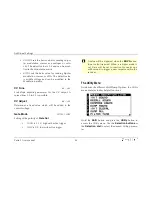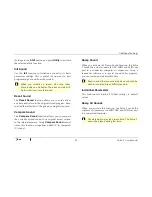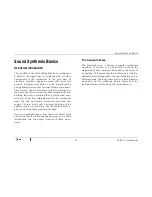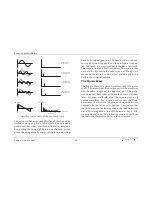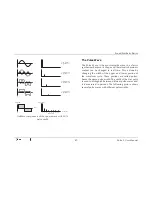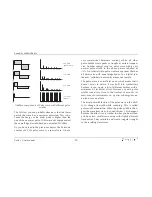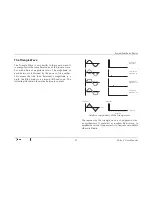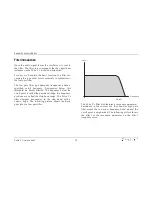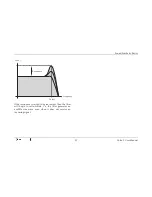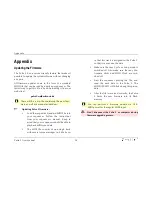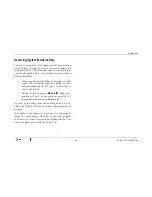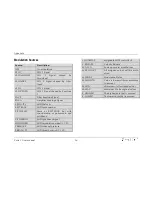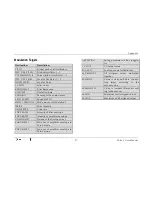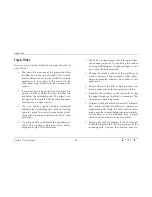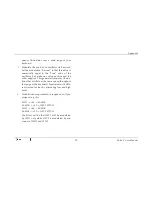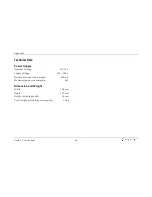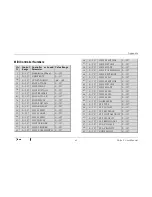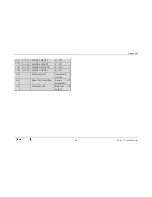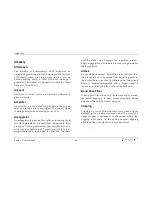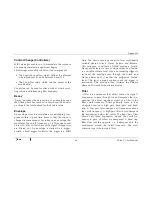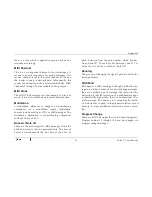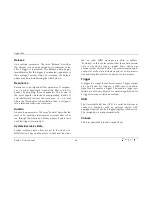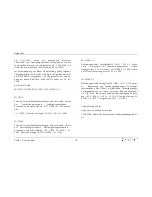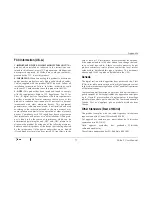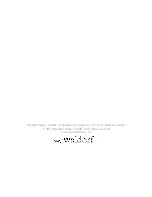
Appendix
Pulse 2 User Manual
58
Tips & Tricks
Here are a few tips that will help you make the most of
your Pulse 2.
•
The lower the input signal, the greater the effect
the filter has on the overall sound. If you want a
heavily filtered sound, set the oscillators' volume
parameters to low values in the mixer. On the
other hand, high oscillator levels produce purer
sounds.
•
If you want a more aggressive sound, simply turn
up the oscillator volume levels so that they are
just below the saturation point. The mixer's out-
put signal will crosstalk with the filter frequency
and produce a rougher sound.
•
You can achieve typical analog synthesizer
distortion by overloading the connected mixing
console's input. You can also experiment by pat-
ching effects processors between the Pulse 2 and
your mixer.
•
Try using an LFO to modulate the panorama po-
sition. This produces interesting stereo effects,
especially at high LFO frequencies.
•
The Pulse 2 output signal is not interrupted when
you change programs. Try exploiting this feature
by using MIDI program change messages to line
up a series of different sounds.
•
Change the relative pitches of the oscillators at
musical intervals. Thirds (mediant), fifths (domi-
nant) and sevenths (subtonic) are suitable for this
application.
•
Self-oscillation of the filter at high resonance va-
lues produces sounds that are great for soloing.
•
Modulate the oscillator's pitch drastically so that
the upper frequency threshold is exceeded. This
will produce interesting results.
•
Program a pitch modulation in musical intervals.
The section entitled "Modulations" contains an
assignment table listing the Mod Amount para-
meters and the corresponding semitone intervals.
For example, you can modulate from a major
chord to a minor chord via the mod wheel.
•
Assign a Keytrack modulation to the LFO speed.
It should modulate the LFO in proportion to the
incoming note. You can thus achieve even fre-
Summary of Contents for pulse 2
Page 1: ...ANALOG SYNTHESIZER ...

